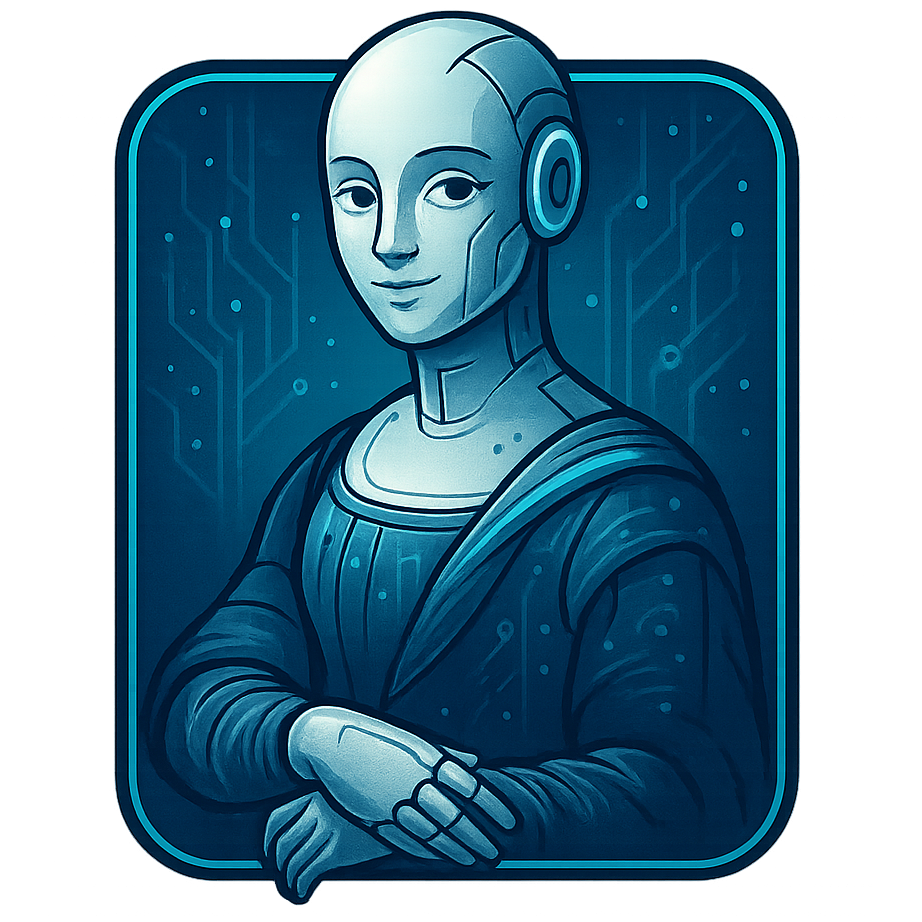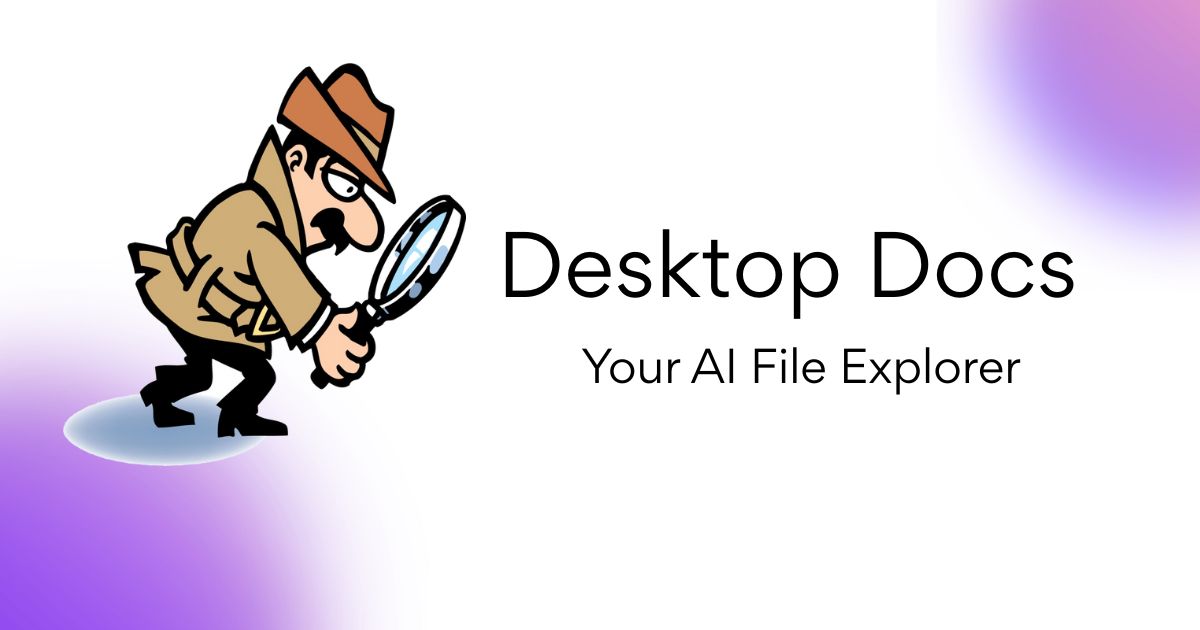Performance and scaling challenges continue to dominate the local LLM scene, especially as users push models like Qwen3 30B-A3B to production workloads. Even with high-end hardware—such as an H100 SXM GPU paired with 80GB VRAM and a top-tier Xeon Platinum CPU—users report difficulty breaking past 1–2 requests per second when serving via vllm. Nginx logs reveal a pattern of HTTP 499 errors, indicating client-side disconnects, but serverless providers handling the same requests do not see these drops. This suggests that local inference bottlenecks, likely stemming from model load times, context window size, batching strategies, or possibly vllm configuration subtleties, can easily outpace what even powerful hardware can consistently deliver (more: url).
The quest for more VRAM—critical for running larger models—remains a central hardware concern. One user weighing upgrades faces the classic dilemma: two RTX 3060s (12GB each) or a single A4000 (24GB). While the A4000 offers more VRAM and lower power draw, it lacks the raw CUDA core count of dual consumer cards, and mixing architectures (e.g., with a legacy Tesla P4) can complicate multi-GPU setups. For running Qwen3 30B decently, 24GB is a practical minimum, but performance will still be heavily dependent on offloading strategies and quantization choices (more: url).
Ambitious setups are not limited to NVIDIA. Some experimenters report running Qwen3-235B-A22B-UD-Q2_K_XL (a quantized 235B model) on 4x AMD 7900 XTX cards plus a 7800 XT, achieving a 40,960 context window. They leverage llama-server with ROCm and advanced tensor splitting, but questions persist around whether vllm can match these speeds on AMD hardware, and how best to offload layers for optimal parallelism. As ever, the local LLM world is a moving target, with hardware, quantization, and server software evolving in lockstep—and sometimes in contention (more: url).
With the proliferation of open-source large language models (LLMs), a recurring debate centers on the optimal model size for everyday use. One pragmatic user proposes a radical experiment: canceling their family’s internet and replacing it with a local LLM, essentially treating the model as a “compressed version of the internet.” While tongue-in-cheek, the question is serious—what size model balances capability, cost, and power draw for typical household needs? Benchmarks suggest that recent models in the 14–32B parameter range are closing the gap with their larger siblings, especially in tasks where reasoning is primarily about leveraging more context rather than deeper model semantics. Techniques like chain-of-thought (CoT) prompting and few-shot learning can help smaller models punch above their weight, but diminishing returns tend to appear beyond 30–40B parameters unless niche capabilities are required. The consensus: for most mainstream use cases, a well-quantized 14–30B model offers a sweet spot between performance and resource demands, especially as new models continue to improve at smaller scales (more: url).
For those just entering the local LLM space, hardware selection is fraught with trade-offs. Fast, unified memory (as in Apple Silicon Macs) is attractive for smaller models and ease of use, but VRAM is still the limiting factor for anything above 7B–13B unquantized models. An existing Proxmox server with ample system RAM but no discrete GPU may be upgradable, but without a GPU, even 128GB of system memory will not compensate for the lack of CUDA or ROCm acceleration. The community converges on the advice that, for LLM inference, GPU VRAM is king; system RAM only helps with model offloading or swapping, and CPU speed is less critical unless running small models entirely on CPU (more: url).
The open-source model ecosystem continues to diversify, with notable releases in both multimodal and specialized domains. ByteDance’s Bagel 14B MOE (Mixture of Experts, 7B active) stands out as an Apache-licensed, unified multimodal model supporting image generation. Bagel leverages a mixture-of-experts architecture—where only a subset of model “experts” are active per inference—boosting efficiency and potentially reducing hardware requirements for multimodal tasks (more: url).
NVIDIA’s Llama-3.1-Nemotron-Nano-VL-8B-V1 is another step forward in compact vision-language models. With 8B parameters, it supports querying and summarizing both images and videos, and can be deployed across data center, cloud, and edge devices—down to Jetson Orin and laptops via 4-bit quantization. The architecture emphasizes interleaved image-text pretraining and in-context learning, and supports up to 16K input/output tokens for multi-image and video scenarios. This is a clear signal that multimodal capabilities are becoming accessible without hyperscale hardware (more: url).
Google’s Gemma 3 family further advances the open, lightweight, and multimodal agenda, targeting small and medium model sizes with robust vision-language features. Gemma 3’s design prioritizes accessibility and efficiency, aiming to bring state-of-the-art multimodal reasoning to a broader developer base (more: url).
For text embeddings, the Qwen3-Embedding series (spanning 0.6B to 8B parameters) achieves state-of-the-art results in multilingual and code retrieval tasks. The 8B variant currently tops the MTEB leaderboard, while even the 0.6B model offers robust multilingual and code search capabilities—underscoring the gains in efficiency and specialization open models now deliver (more: url).
In speech, Kokoro-82M, an 82-million parameter TTS (text-to-speech) model, demonstrates that small can be mighty. It matches the output quality of much larger models, runs efficiently on commodity hardware, and is deployable under an Apache license. Its proliferation in commercial APIs and the emergence of scam sites mimicking its name are a testament to its relevance in the open speech technology ecosystem (more: url).
The tooling landscape for LLMs is rapidly maturing, with frameworks increasingly focused on modularity, security, and developer experience. Hugging Face’s smolagents library exemplifies this trend: it enables the creation of LLM-powered “agents” in just a few lines of code, with first-class support for code-writing agents and secure execution via sandboxing (E2B or Docker). Smolagents is model-agnostic (supporting any LLM, local or remote), modality-agnostic (text, vision, audio), and tool-agnostic (integrating with MCP servers, LangChain, or Hugging Face Spaces). Agents can be shared and pulled from the Hugging Face Hub, streamlining collaboration and reproducibility (more: url).
On the infrastructure front, Hashicorp’s Terraform remains the gold standard for managing cloud and on-premises resources as code. Its resource graph and change automation features reduce human error and speed up infrastructure iteration, making it a foundational tool for AI and software engineering teams (more: url).
SSH access is also evolving. The openpubkey/opkssh project enables SSH authentication via OpenID Connect identities (e.g., Google, Microsoft, Gitlab), replacing long-lived SSH keys with user identities. Opkssh generates SSH keys containing PK Tokens (OpenID Connect ID tokens), allowing users to authenticate using their existing cloud accounts—a notable advance for both security and usability (more: url).
Web application frameworks are being re-evaluated through the lens of AI coding assistants. Frameworks with consistent, readable syntax (e.g., Python’s FastAPI, SQLModel), strong conventions, and minimal file management complexity are best suited for AI-assisted development. Mature frameworks with abundant training data (like Python and Next.js) outperform those with fragmented or overly flexible architectures. The consensus: lean, predictable frameworks yield better results when AI is part of the development workflow, while complex, file-heavy stacks pose challenges for both AI and humans (more: url).
The open-source AI community continues to wrestle with the legal and ethical boundaries of model distribution. Debian’s recent withdrawal of a General Resolution (GR) that would have required the release of original training data for AI models to qualify as “DFSG-compliant” highlights the complexity of aligning open-source principles with modern AI practices. The proposal’s withdrawal reflects both the community’s ambivalence and the technical challenge: most large models cannot practically release their full training datasets, raising questions about what “open” should mean in the age of LLMs. The debate is far from settled, and the distinction between main, contrib, and non-free repositories remains a practical workaround rather than a resolution (more: url).
On the operational side, AI model scrapers are proving increasingly disruptive for self-hosted services. One server admin documents a relentless cycle of bot-driven downloads targeting source archives, rapidly filling disks and bringing services offline. Standard defenses like robots.txt, rate limiting, and CAPTCHAs proved only partially effective, as bots used entire IP blocks and adapted to countermeasures. The arms race between AI scrapers and server operators is intensifying, with collateral damage to legitimate users and rising administrative burdens (more: url).
Recent research is pushing the boundaries of how code and data are understood and manipulated by AI. “Gradient-Based Program Repair” introduces a paradigm shift: instead of searching for bug fixes in the discrete space of source code tokens, it compiles programs into differentiable numerical representations. This allows program repair to be framed as continuous optimization, guided directly by program behavior rather than symbolic heuristics. Experiments on the new RaspBugs benchmark show that this approach can effectively repair buggy code, opening a new direction that bridges continuous optimization with programming languages research. The promise: more principled, behavior-driven bug fixing, potentially more robust than the symbolic search methods that dominate today (more: url).
In data visualization, TopoMap introduces a novel dimensionality reduction technique with topological guarantees. By preserving the 0-dimensional persistence diagram (connected components) of high-dimensional data during projection, TopoMap ensures that the visual representation faithfully reflects the original data’s connectivity structure. This topological assurance provides confidence in visual analytics and can serve as a benchmark for assessing other dimensionality reduction methods (more: url).
The integration of AI into creative workflows continues to produce unexpected—and sometimes embarrassing—side effects. Readers of the romance novel “Darkhollow Academy: Year 2” were surprised to find a raw AI prompt left in the text, referencing the imitation of another author’s style. While quickly scrubbed from subsequent versions, the incident highlights the growing prevalence of AI-assisted writing and the risk of prompt leakage. This is not an isolated event; as AI becomes a silent co-author, artifacts of its use are slipping into published works, raising both ethical and reputational questions for authors and publishers (more: url).
On the technical side, users seeking to finetune Qwen models face a familiar hurdle: locating pretrained weights in a format compatible with custom architectures. As the ecosystem fragments into various frameworks and formats, reproducibility and accessibility of model checkpoints remain a pain point, particularly for those pursuing custom or research-driven modifications (more: url).



